Data Story: Why South Sudan has the most expensive internet data rates in East Africa
By August 2022, South Sudan already had the highest rate of data cost in the East African region. By the end of the year, it was increased once again, making the average cost of one Gigabyte USD 7, which is way too expensive for the typical user.
Writer: Jibi Moses
Internet data consumption in East Africa has risen in recent years, driven by a growing middle class, increased affordability of smartphones, and the expansion of 4G networks. Kenya, Tanzania, and Uganda are the top three countries in the region with the highest data usage levels. Mobile data is the most popular form of internet connectivity in the region, with social media, video streaming, and mobile money services being the most popular uses of data. However, the high cost of data remains a challenge for many users in the region.
The cost of one gigabyte in East African countries varies depending on the provider and location.
However, on average, the cost ranges from $0.49 to $2.51 per gigabyte, with Tanzania being the cheapest in the region and South Sudan having the most expensive internet gigabytes in the region for United States Dollars 2.51 by 1 August 2022. However, from September, the Telecommunication offices adjusted the cost together; currently, the average cost is 7 dollars per gigabyte.
| S/no | Country | Average (USD) | Highest (USD) | Lowest cost (USD) |
| 01 | Burundi | 1.86 | 4.82 | 0.37 |
| 02 | DR Congo | 1.03 | 2.27 | 0.36 |
| 03 | Kenya | 0.84 | 4.23 | 0.84 |
| 04 | Rwanda | 1.10 | 7.33 | 0.33 |
| 05 | South Sudan | 2.51 | 18.0 | 0.50 |
| 06 | Tanzania | 0.71 | 10.72 | 0.36 |
| 07 | Uganda | 1.32 | 15.81 | 0.49 |
Table 1: showing the highest, lowest and average cost of Data in East Africa by 1st Aug 2022
Source: Statistica
On average, one gigabyte of mobile internet in East Africa amounted to 1.34 USD in 2022, slightly higher than in other regions. In Northern Africa, the price for mobile data was far lower, at 1.05 U.S. dollars on average.
A few factors influence the elevated mobile data prices in East Africa, such as high taxation and the lack of infrastructure. In June 2020, around 56 per cent of the population in Sub-Saharan Africa lived within a range of 25 kilometres from fibre networks. East Africa was the last central region on Earth without fibre-optic broadband Internet access. Until the summer of 2009, it had been forced to rely on slow and costly satellite connections for access. However, after hundreds of millions of pounds of investment, the region has recently been connected via the first of three submarine fibre optic broadband cables, thus allowing much greater speeds at much lower prices.
A bar chart illustrating data consumption in East Africa created with Datawrapper
Over 277 million people are estimated to be connected to the internet in the region as of December 2022. Kenya leads in the region with over 48 million of its population accessing the Internet, and South Sudan with a minor population of only 900,716 people accessing the Internet.
From September to November 2022, telecommunication companies started implementing an increment in tariff plans. According to the National Communication Authority, it was done to adjust rates for mobile network operators from 300 SSP per 1 USD to the current Central Bank rate of 600 SSP per 1 USD. This enabled these companies to operate in the market due to the depreciating SSP against the USD.
Here is why South Sudan has the most expensive internet data rates in East Africa:
By August 2021, South Sudan already had the highest rate of data cost in the region, and by the end of the year, it again increased, according to Eye Radio.
Multiple factors hinder Internet access in South Sudan. Firstly, the country has minimal infrastructure for internet access, with only a few significant ISPs relying on expensive satellite connections. This results in high internet access costs for consumers. Secondly, the country’s fragile economy, plagued by civil war and economic instability, makes it challenging for businesses to invest, resulting in very little competition among ISPs and allowing them to charge high prices. Finally, the South Sudanese government has not made significant efforts to promote internet access by not investing in building a national fibre optic network and making it difficult for businesses to obtain licences to operate as ISPs. Consequently, internet access remains prohibitively expensive and out of reach for many people in South Sudan.
Many things could be done to make the Internet more affordable in South Sudan. The government could invest in building a national fibre optic network, making it cheaper for ISPs to provide internet access. The government could also make it easier for businesses to get licences to operate as ISPs, increasing competition and lowering prices. Finally, the government could subsidise low-income households to afford internet access.
However, it is essential to note that making the Internet more affordable is not a simple task. It requires a significant investment of time and money.
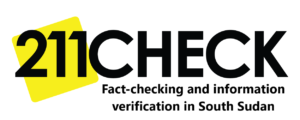
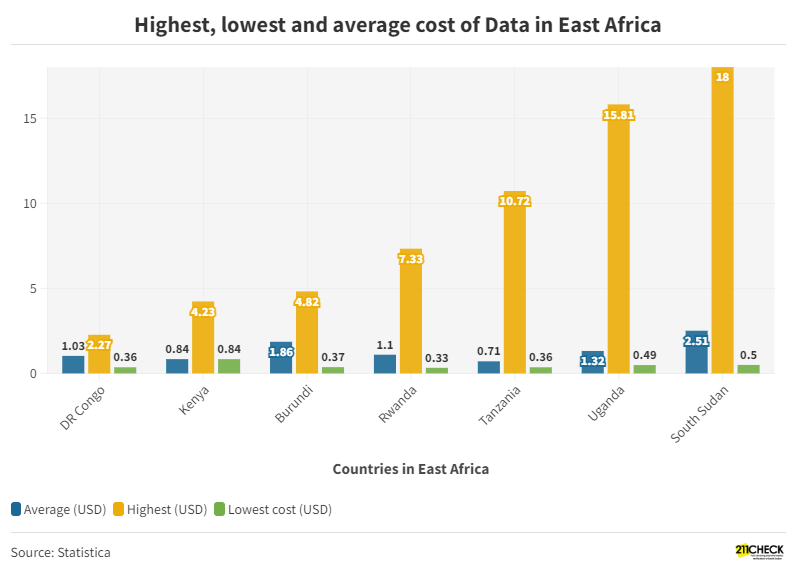

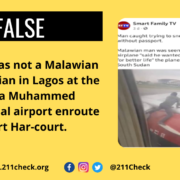
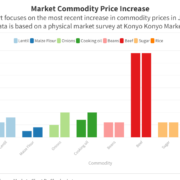
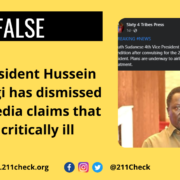



Leave a Reply
Want to join the discussion?Feel free to contribute!